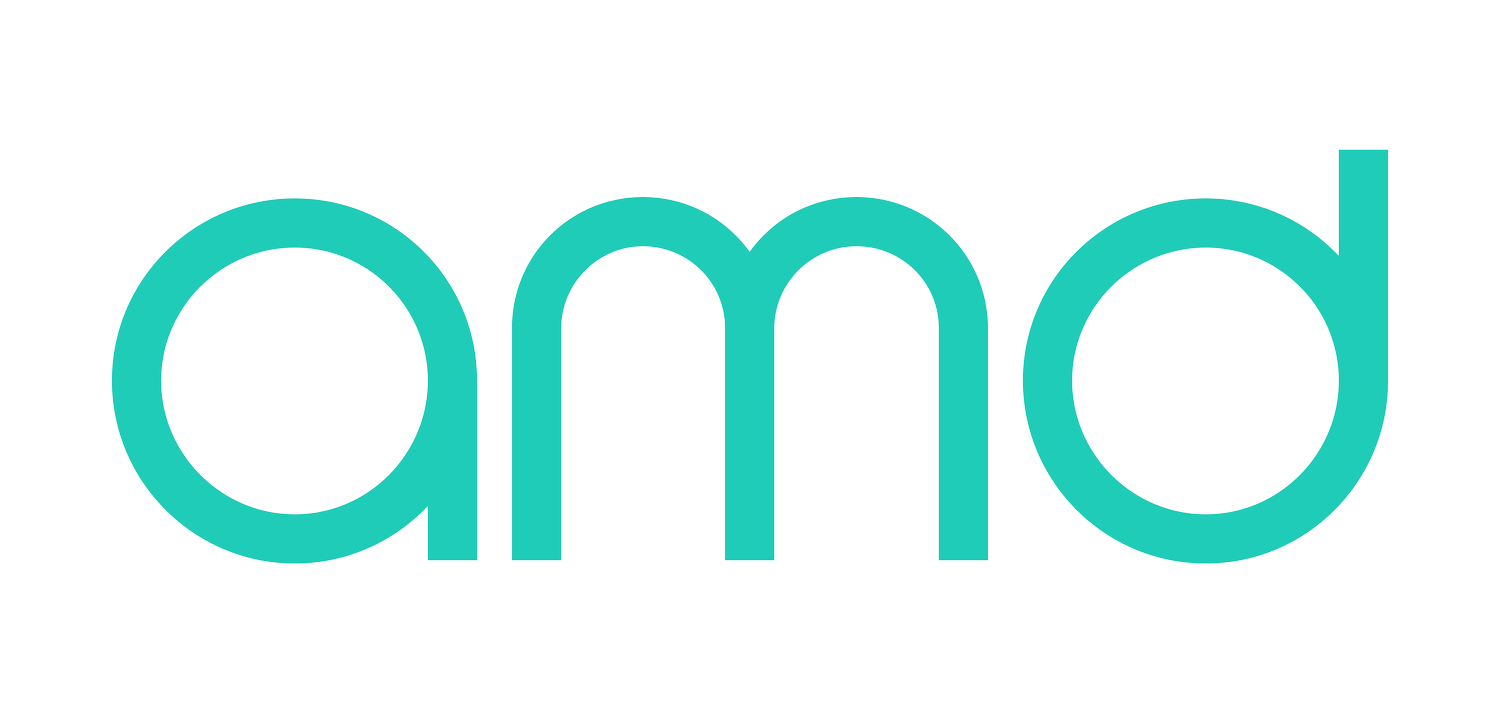From a young age we learn to associate certain colors with various emotions and feelings. A sunflower may evoke positivity and happiness while a red rose may bring about feelings of passion and love. Specifically, when it comes to branding, we place importance on selecting the right color palettes for our clients, because colors have the power to move people and persuade them. We’re going to discuss why your brand color choice matters, plus we’re diving into a few of our clients’ color palettes, how they each align with their industries and the impact they have on their target audience.
Why Color Matters
Typically, the first thing you notice about someone is what they’re wearing, like that pop of red on their shirt. The same goes for your brand colors as they act as a first impression, introducing you to your audience the moment they lay eyes on your logo, website, merchandise, etc. Once you grab their attention, these colors continue to create an emotional impact and deliver subconscience messages. Color is your silent brand ambassador, it communicates your values, personality and positioning without saying a word. That’s why it’s important to carefully select your brand colors by answering these questions: How do I want my audience to feel? What message do I want to send them?
Examples Of How Color Influences Audience Behavior
Trust & credibility:
Blue is often used throughout the finance and healthcare industries, signaling to their audiences to trust in their services.
Energy & emotion:
Red and orange are typically used to create excitement or urgency, such as SALE and STOP signs.
Luxury vs. affordability:
The tone of colors can even signal different messages, such as using rich jewel tones to signify luxury, as opposed to light and airy pastels to represent affordability.
Case Study:
AMD Clients Brand Colors
COLOR PALETTE | PURPLE • NAVY • GREEN • CYAN • CREAM
Why it works: These colors represent tranquility, nature, harmony and relaxation, reflecting the goal of Naturallee Goode’s plant-based hair care and natural bodycare products.
Industry alignment: Natural and organic skincare industries are often associated with evoking feelings of relaxation, tranquility and being in nature, inspiring acts of self-care and wellness among their consumers.
Audience impact: Naturallee Goode’s audience will be more inclined to purchase their natural skincare products when they are inspired to nurture their wellness and enjoy a relaxing, self-care experience.
COLOR PALETTE | NAVY • TEAL • LIGHT BLUE • CREAM • GREEN
Why it works: These colors represent stability, trust, harmony and hope, reflecting Birmingham Service League’s mission to provide clothing, hygiene products and books for Birmingham children in need.
Industry alignment: Service and volunteer organizations are often associated with evoking feelings of hope, trust and peace, encouraging their audiences to volunteer or donate to their important causes.
Audience impact: Birmingham Service League’s audience will be more inclined to become a member or donate to help children in need after being impacted by BSL’s hopeful and trustworthy message.
COLOR PALETTE | PURPLE • BLACK • WHITE • PINK • DARK BLUE
Why it works: These colors represent power, ambition, femininity and reliability, reflecting the purpose of HypeGirl Athletics athletic apparel for female pickleball athletes.
Industry alignment: The sports and athleisure industries are often associated with evoking feelings of power, durability and luxury when it comes to encouraging their consumers to purchase athletic clothing and gear that lasts.
Audience impact: HypeGirl Athletics's female audience will be more inclined to purchase pickleball apparel that is durable and makes them feel feminine, yet powerful at the same time.
How To Choose The Right Colors—
Strategy Over Aesthetics
-
When it comes to selecting your brand color palette, it’s not about selecting your favorite colors. Your personal taste takes a backseat to your audience’s perceptions and emotions
-
Discover how different colors work together with your typography and layout in order to create brand cohesion and consistency.
-
When designing, consider gender neutrality, accessibility and inclusivity. What message do you want to relay and to whom?
-
Make room for evolution as your brand grows or pivots. You’re not limited to the same brand colors forever.
Since no industry and audience are the same, there's no one magical brand color palette. Selecting the right one that fits your business and aligns with your industry can elevate your audience’s perception, guide action and build their trust. Assess your own brand colors! Are you looking to speak more intentionally to your audience? Book a consultation with us and we’ll help design colors that are more YOU!







